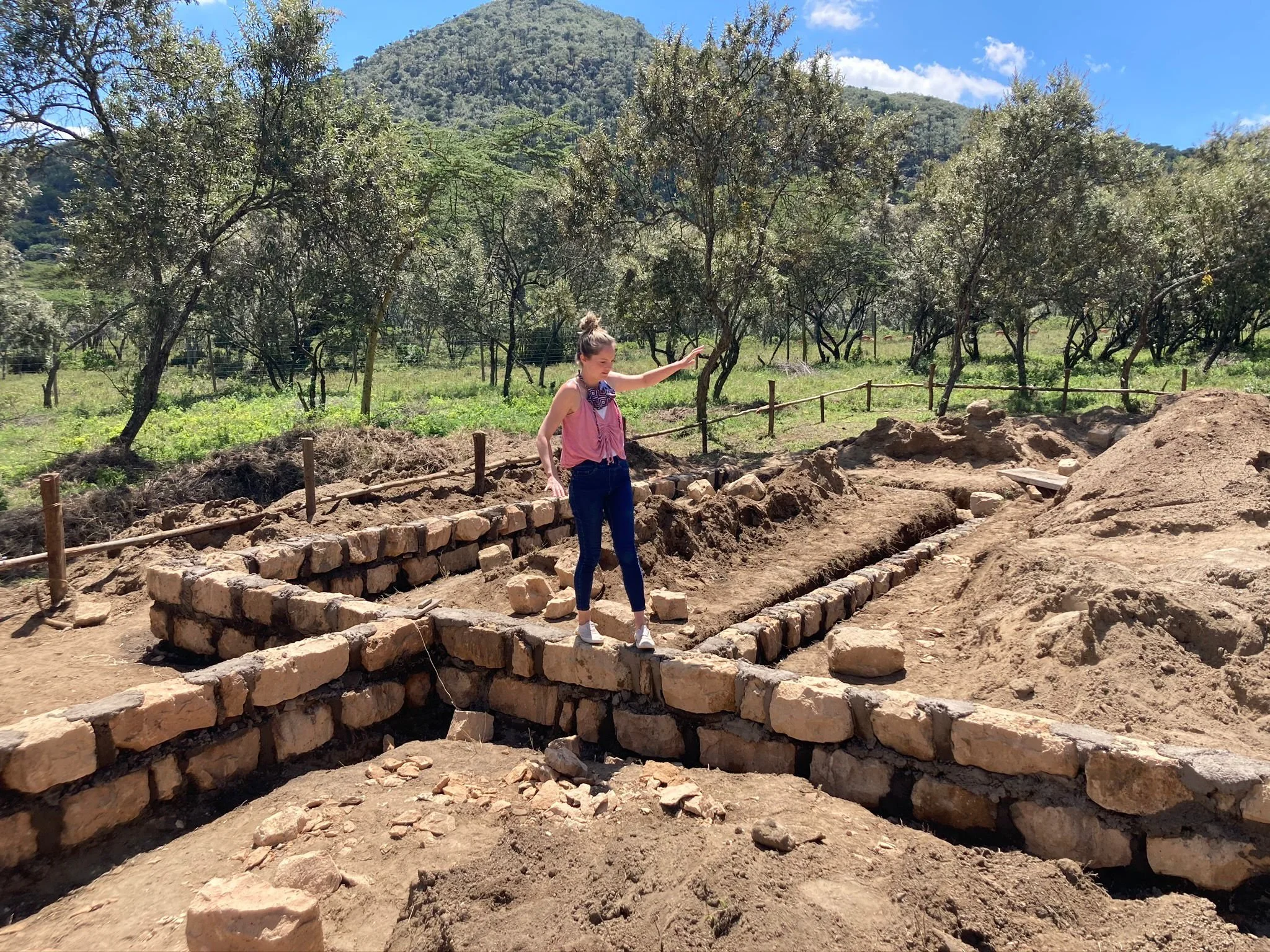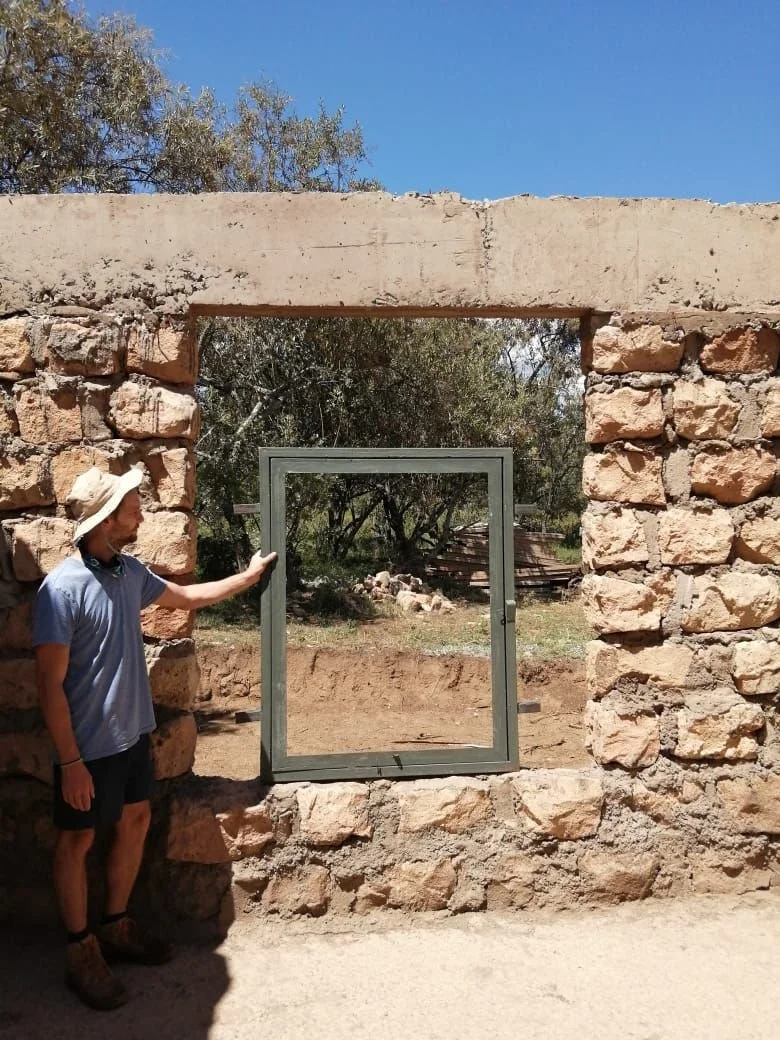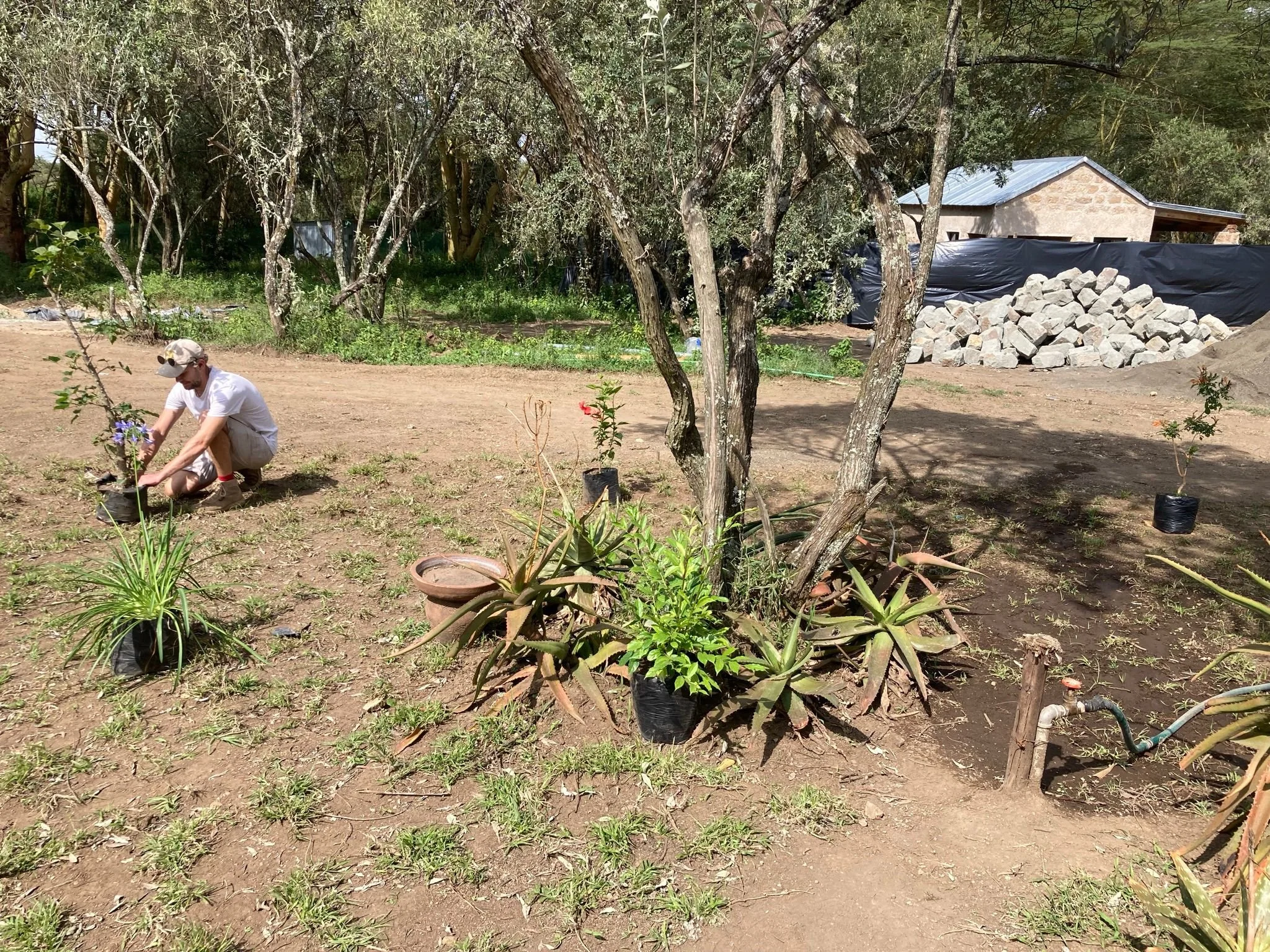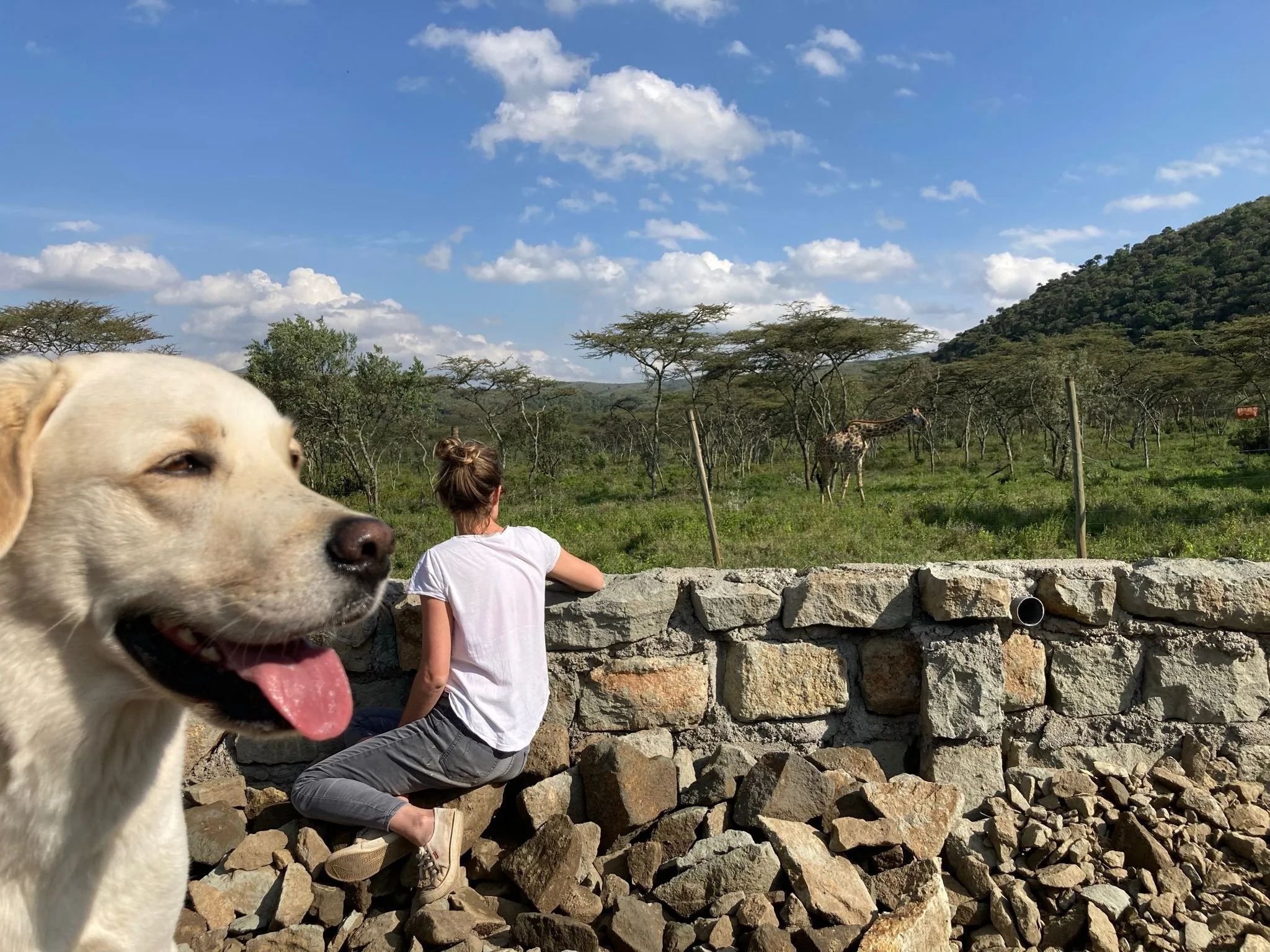About Us
How it started
After getting married in the Oserengoni Sanctuary in 2019, Sam and Alicia fell in love with this beautiful part of Naivasha and decided to make it a part of their life forever. During the peak of COVID-19 lockdowns in 2020, we started building on a 2 acre corner plot that bordered the sanctuary on two sides. Thanks to the amazing designs of visionary architect Jamie Erskine and the exemplary efforts of Sandpiper Construction Company, Olanga House and its small sister Acacia Cottage became a reality over 2021. Over the last few years Olanga House has welcomed guests from far and wide whenever Alicia and Sam have been living in the UK or Rwanda. The house has seen so many good times already and been the backdrop to so much joy and laughter - whether from big groups of friends or families introducing their little ones to daily giraffe sightings for the first time. We’re so happy that we are able to share it with those seeking a break from Nairobi city life as well as those from further afield looking for a dream wildlife experience. For us it is still home, and every time we return here, we feel a true sense of peace that we hope you can find too.
The Olanga Team
Along with Sam, Alicia and their young family of Elsa, 2, and Freddie - just 2 weeks at time of writing! - Olanga House is also in the superb hands of three wonderful people. Paul is the house manager, and has been on the journey from the start, lending his horticultural expertise in the beginning and now leading on making sure guests have the best possible experience. You just have to read the reviews on Airbnb to see how much our guests love Paul and the way he goes above and beyond for everyone. Paul is bound for great things in the world of hospitality, no doubt, but is also a talented musician and gospel singer!
Sophie and Isaac have also been with Olanga House almost since Day One. Sophie is a brilliant housekeeper and keeps things spotless, whilst Isaac lends his green fingers to the landscaped ha-ha garden in the back as well as ensuring the eco diversity of the front and side sections.



